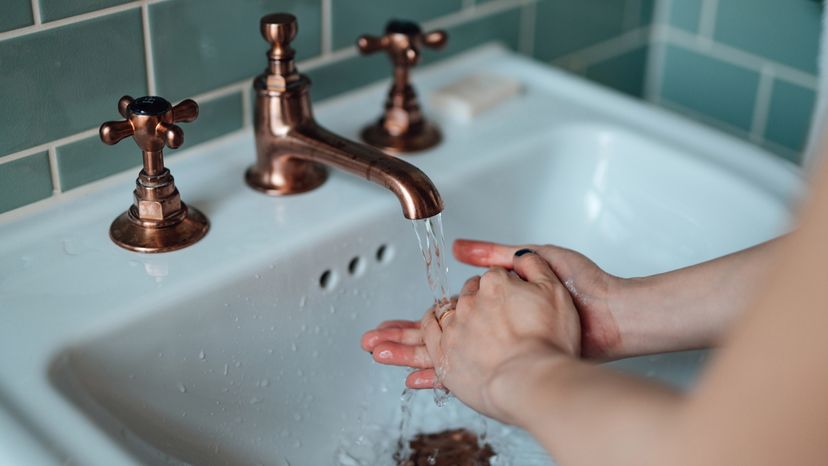
Have you ever noticed a persistent pink stain in your sink and wondered what sorcery is at play? It's not a magic trick, but it's certainly an unwelcome guest in your home.
This pinkish visitor is commonly known as pink mold, and it's more common than you might think. Let's dive into what causes this pesky problem and how to get rid of it for good.
Advertisement
